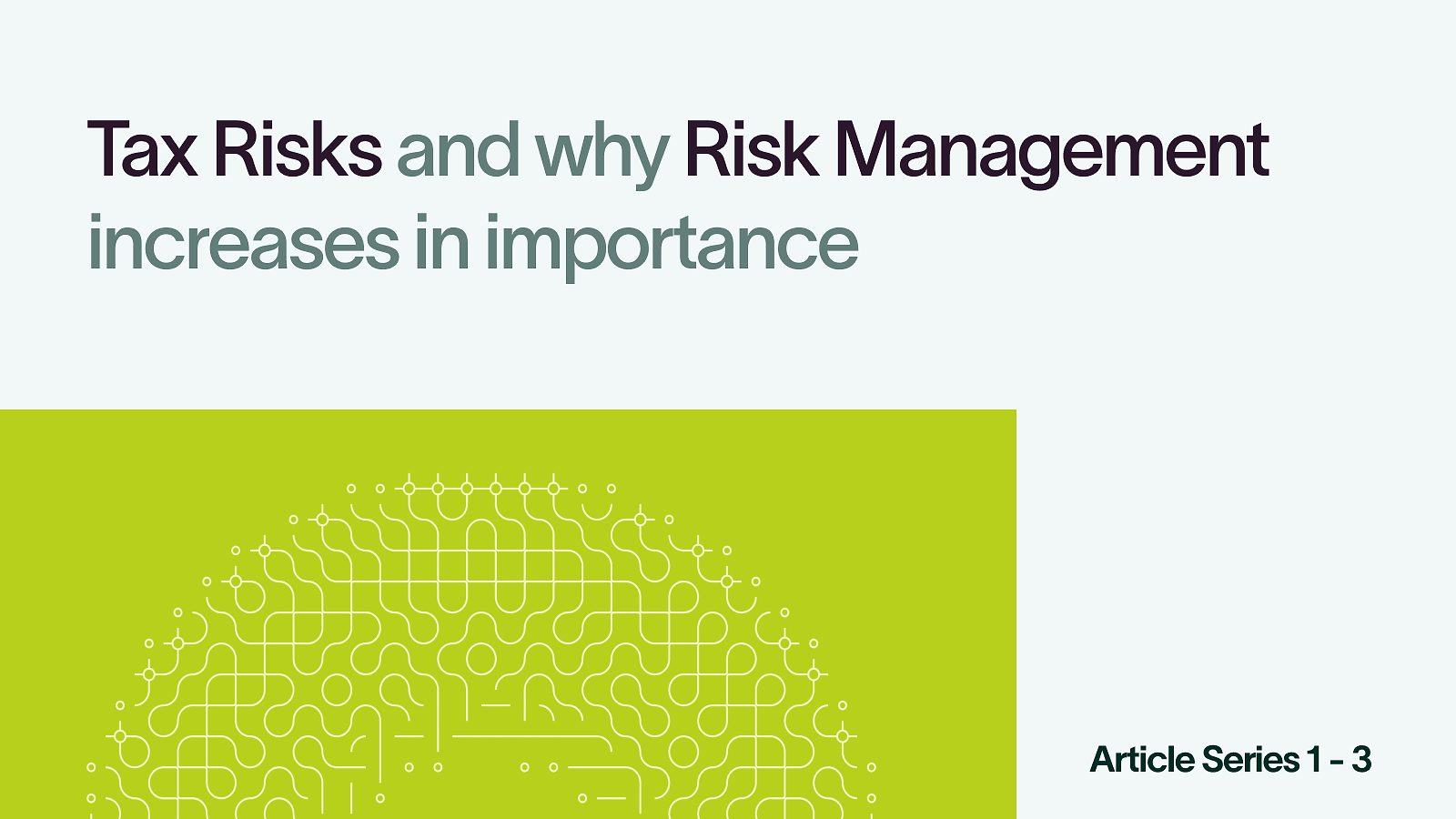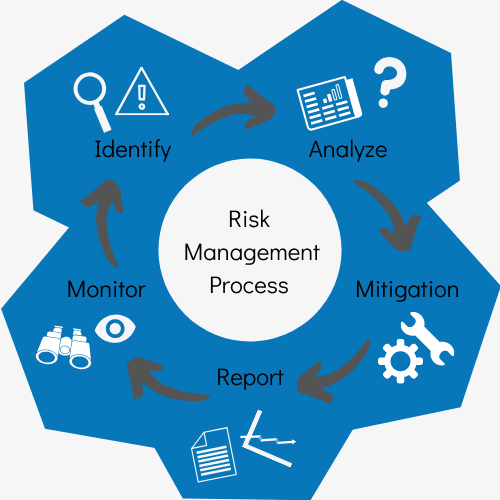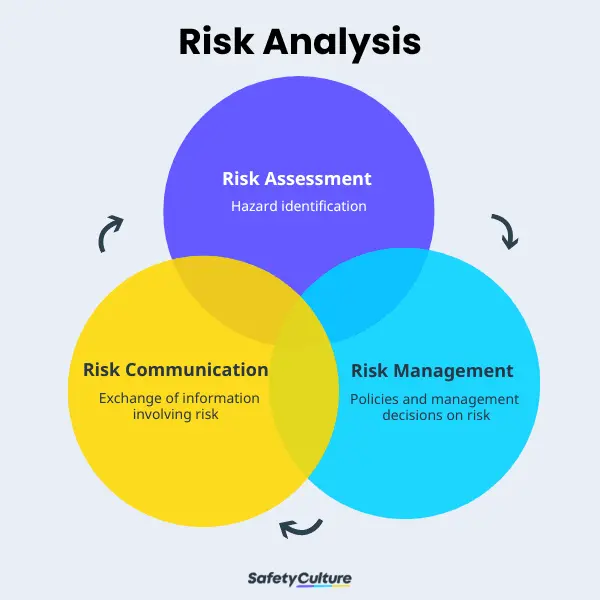Why Organizations Should Emphasize the Importance of Risk Management Now More Than Ever
Why Organizations Should Emphasize the Importance of Risk Management Now More Than Ever
Blog Article
The Important Relevance of Risk Management in Achieving Organizational Goals
In the rapidly evolving service landscape, the capacity to browse unpredictability has actually come to be a crucial. This is where Risk Management action in, giving an organized method to recognizing, evaluating, and mitigating potential roadblocks to proceed. It's more than just a protective step - it's a calculated tool, cultivating durability and development. As we check out the important role of Risk Management in accomplishing business objectives, one can not help but question: how does this translate into real-world success?
Understanding the Principle of Risk Management in Organization

The Integral Function of Risk Management in Strategic Planning
Integrating Risk Management into critical planning works as a guard for organizations, securing their lasting plans with a solid structure of preparedness and durability. It runs as the company's radar, discovering possible risks and susceptabilities that can interfere with the path towards accomplishing their mentioned objectives. Risk Management offers a framework for anticipating uncertainties and designing ideal actions, guaranteeing the company's survival and success even despite hardship. By including Risk Management into critical planning, organizations can transform these uncertainties into possibilities for growth and innovation. This critical interweaving of Risk Management cultivates flexibility, making organizations much more durable and enabling them to navigate the ever-changing company landscape confidently. Risk Management comes to be an essential tool in calculated planning, critical in securing sustainable success.

Techniques for Identifying, Assessing, and Prioritizing Risks
The procedure begins with Risk recognition, using devices such as SWOT analysis, which assists in determining potential risks and chances. Next off, Risk analysis is performed to ascertain the potential influence and probability of each Risk. Dangers are focused on based on their prospective effect and likelihood, permitting organizations to concentrate their sources on critical threats.
Securing Business Procedures Via Reliable Risk Management
In sites the business landscape filled with uncertainties, effective Risk Management plays an essential role in securing organizational operations. It acts as a safety guard, mitigating the negative impacts of prospective risks and guaranteeing the smooth functioning of all procedures. By determining and examining prospective threats, Risk Management enables organizations to establish robust backup strategies. This precautionary technique aids in maintaining functional stability, also when challenged with unforeseen scenarios. In significance, Risk Management is the lifeline that keeps the organizational operations afloat amidst turbulent waters. It ensures not just the survival yet the lasting growth of a company, making it an important tool in attaining service goals. Companies should spend in thorough Risk Management strategies to guard their operations.

Converting Possible Dangers to Opportunities: The Power of Risk Management
While possible threats may originally appear as barricades to organizational success, efficient Risk Management can transform them into opportunities. A positive approach to run the risk of Management entails identifying, examining, and focusing on dangers to create approaches that turn them into possible advantages. This procedure demands the advancement of a risk-aware society within the company, motivating people to see threats as prospective catalysts for adjustment and development, rather than mere risks. importance of risk management. With this lens, prospective dangers come to be opportunities to introduce, improve processes, and strengthen resilience. Thus, by leveraging the power of Risk Management, organizations can not only protect their operations but likewise stimulate development and accomplish their objectives in an unforeseeable service see this here setting.
Instance Studies: Success Stories of Risk Management Driving Service Objectives
Effective implementation of Risk Management methods has yielded outstanding outcomes in numerous organizations, my latest blog post highlighting the merits of this strategy. International companies like Microsoft and Google, for instance, have leveraged Risk Management to decrease risks and make use of opportunities, driving their service purposes onward. These instances highlight just how effective Risk Management can not only steer services clear of prospective pitfalls but additionally direct them in the direction of their strategic purposes.
Conclusion
In final thought, Risk Management is fundamentally critical in accomplishing business objectives. By incorporating Risk Management right into strategic preparation, services can better navigate unpredictabilities, protect operations, and capitalise on opportunities, consequently lining up with long-term objectives.
At its core, Risk Management is the procedure of recognizing, evaluating, and attending to potential threats that could negatively influence an organization's operations or purposes. Next off, Risk evaluation is performed to establish the prospective effect and likelihood of each Risk. Dangers are prioritized based on their prospective effect and chance, permitting organizations to concentrate their sources on high-priority threats. By identifying and examining possible dangers, Risk Management makes it possible for companies to establish durable contingency strategies. An aggressive method to run the risk of Management includes identifying, evaluating, and prioritizing threats to develop strategies that turn them right into prospective advantages.
Report this page